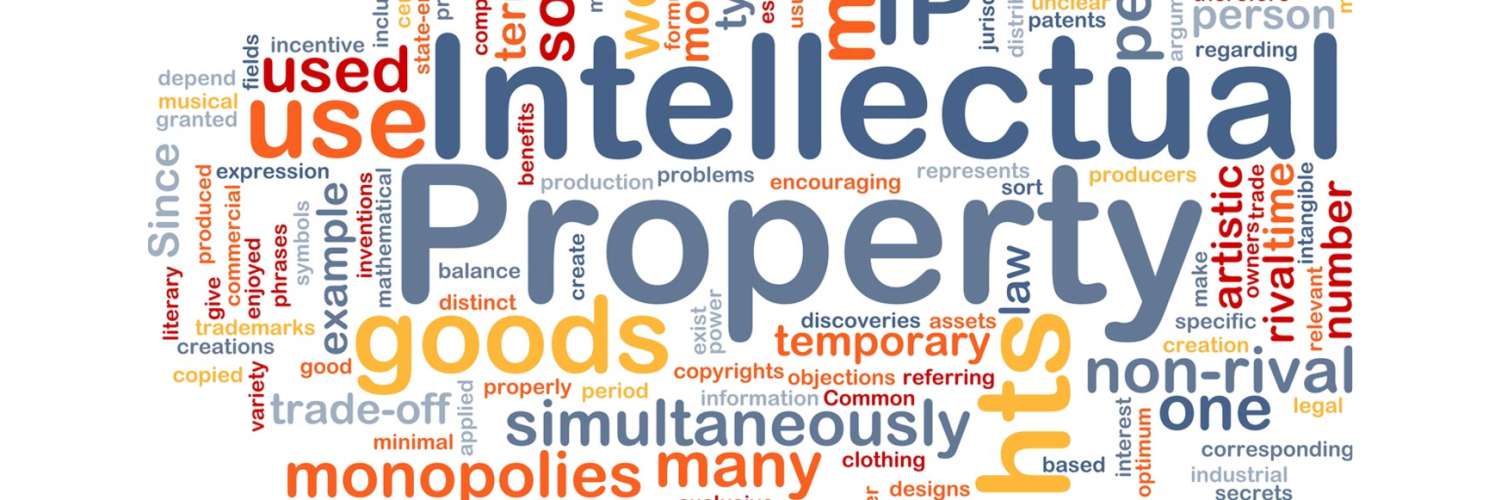Definition
A Patent is a form of intellectual property right granted to an invention or idea which is novel, contains an inventive step and has an industrial application. Patents are protected against usage and patent holders are granted exclusive right to make and sell or license the Patented idea.
Understanding a Patent
A patent is a protection granted by law to an invention or an idea or methodology which is
- novel,
- has an inventive step and
- has industrial application
in order for the owner of the patent to make, use, manufacture and market the invention. It can also be used to license manufacture, market, sell or import the invention by another individual or entity. A Patent is a form of Intellectual Property Right.
Example of Patent
An example would be the patents filed on the idea of the mouse in a computer. When the mouse was invented it was a completely novel invention. Further, it had an inventive step as it was technically advanced at the time of its invention and patenting and its working was not obvious to an unskilled person. It had industrial application and is widely used today in all fields of life and industry involving computers.
While novelty and industrial application are easy to prove, it is the inventive step (so-called non-obviousness) which it is important to ascertain before one applies for a patent.
Section 2(1) (ja) of the Act defines an “inventive step” to mean
a feature of an invention that involves technical advance as compared to the existing knowledge or having economic significance or both and that makes the invention not obvious to a person skilled in the art.
Once it has been confirmed that a product is a novel, it must be understood as to whether a person, with the ordinary skill of the art, would have invented or come upon the invention or similar idea for the problem without being granted the solution. This is termed as the non-obviousness of the inventive step.
Term
A person may apply for a Provisional Patent by showing a proof of concept or that their invention is in progress. This Provisional patent is applicable for a year. A Patent once granted is applicable for a period of 20 years. It is however not renewable.
Location
A Patent application will be processed only in the country where it is applied. While there is a unified application process which has simplified application in multiple countries, a patent application must, however, be processed and defended individually in multiple countries.
Procedure
- A Patent application must be filed by the inventor or any person so authorized by him (assignee). An application must be accompanied by formal specifications. In the case of provisional applications, the specifications may be lesser. Each specification must contain only one invention, and if there are multiple inventions, separate applications must be filed for each.
- Contents of a Specification:
- Title
- Abstract
- Written Description – The written description is possible the most important part of an application. It brings forth the background of the invention and explains in clear detail the working of the invention. It may also include examples and drawings
- Drawings/samples/models as necessary
- Enablement – The applicant must “enable” the invention such that a person with ordinary skill in the art may make and work the invention.
- Best Mode – The applicant must describe the best mode of working the invention
- Claims – He must define the bounds of an invention
- Deposit – If an invention involves micro-organisms, it has to be deposited at a recognized depository.
- The date on which the application is first filed is known as the priority date and is used to determine the novelty of the invention.
- The application along with specifications and annexures as well as the authorization of the patent agent or patent attorney must then be submitted to the Patent Office.
- Publication – A Patents specifications including all its annexures will be published for public inspection. The publication generally takes place 18 months after application, however, it may be preponed or postponed as per the applicant’s wishes for expediting or secrecy. The Patent-holders rights begin on publication, but they can be enforced to the holders benefit only when granted.
- Examination – Upon a request for examination, the Patent is directed to an Examiner. The examiner shall first check whether the subject matter is patentable, then conduct a search of prior art for a previous invention claimed. Then the analysis is made as to whether it fulfills the patentability requirements. The examination report is given within 3 months, and if the report is adverse, there may be an opportunity given to the applicant for correction or hearing or amendment of the application.
- Pre-grant Opposition – An opposition may be made on publication before the grant of the patent on the grounds of non-compliance to requirement or non-disclosure of traditional knowledge or resources.
- An opposition board is constituted and the parties are given reasonable opportunity to be heard. The board may reject the application or ask for amendments.
- Grant – If the application satisfies all the requirements, it shall be in order for a grant of the patent. The granted patent shall be published in the official gazette, and the patent will be valid throughout India from the date of publication.
- The patent-holder shall have the exclusive right to make, use, sell and license the invention.
- Post-grant Opposition – Within 12 months of the grant of the patent, an opposition may be filed on various grounds, including sale, import, public use or display of the invention prior to filing. The process of opposition is the same as in pre-grant opposition. If the opposition is found to be true the patent is invalidated, or there may be a requirement for amendments.
Important Dates
Priority Date
The date used to determine novelty by comparison to existing art and patent applications. This is also the date from which the applicant can use the patent pending mark.
Publication Date
Date on which the patent is published for public inspection. The patent holder’s rights begin from this day till 20 years from then. It is enforceable only from the grant date.
Grant Date
The patent is granted on this day. However, it is enforceable from the publication date.
Patent Pending
Under Indian law (S.111 of the Indian Patents Act, 1970), in a patent infringement case where the defendant can prove that they are unaware of the patent or its application, there can be no claim for an account of profits and the damages are limited.
However, this is not applicable, when the product is marked with the word “patent” followed by its official number. The same may be used only on patents in force or applied for in India unless there is an accompanying description that the patent has been applied for obtained outside India.
- When an application is pending the product may be marked as “patent pending”.
- When it is granted, the product must be marked as “patented” along with the official number.
The use of this prevents casual innocent infringement, as well as arms the patent-holder against malicious infringement, where a claim may be made that the infringer was unaware of the patent.
The use of the mark “patent pending” or similar terminology falsely or with intent to defraud or misrepresent the patent status, is an offense punishable with a fine up to 1 lakh rupees.
It must be noted that the rights vest upon the application and they are increased by the use of the marks. However, a suit for infringement may be filed only once the patent is granted.







